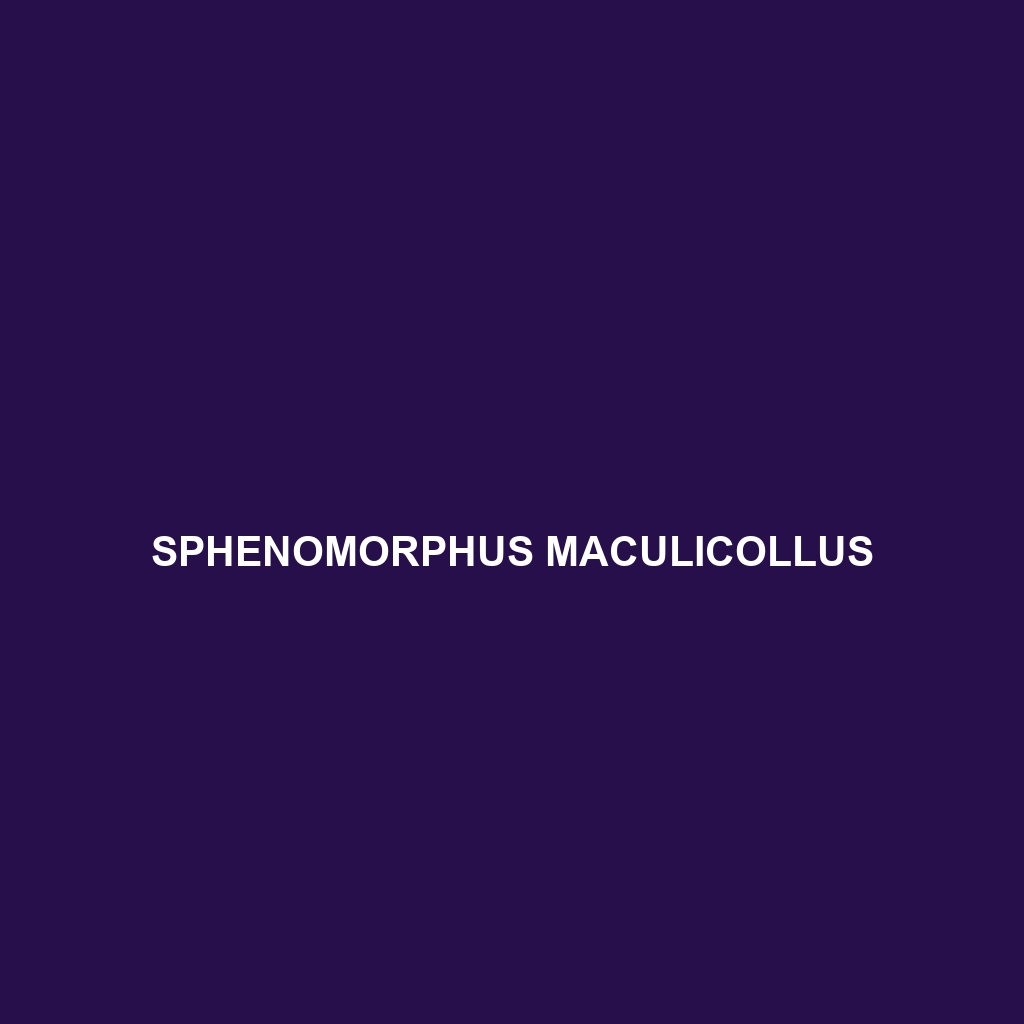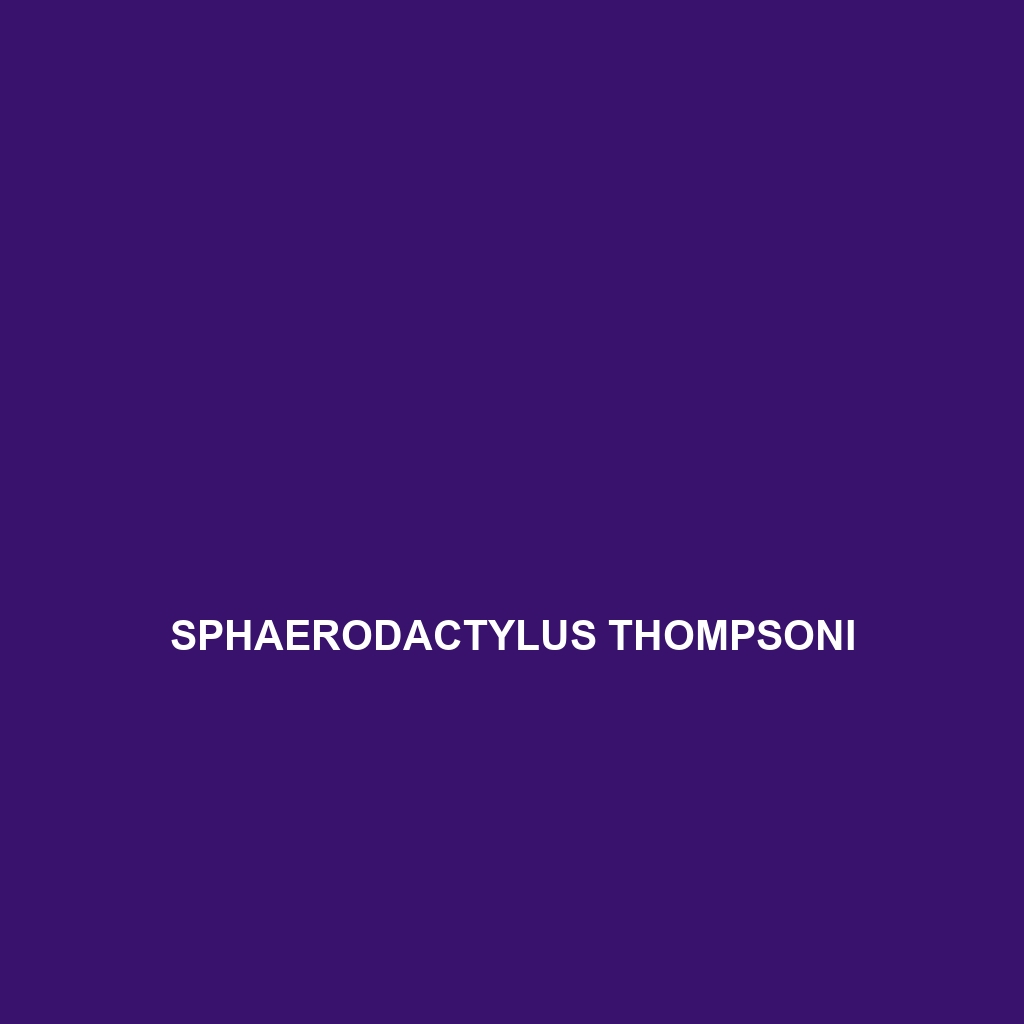<p><b>Sphenomorphus praesignis</b>, commonly known as the ornate flat lizard, is an elongated and flattened lizard found in tropical rainforests of Southeast Asia, characterized by its olive green and brown coloration for effective camouflage. This insectivorous species exhibits fascinating behaviors such as basking and territorial displays, playing a critical role in maintaining ecological balance by controlling insect populations.</p>
Tag: reptile habitat
Sphenomorphus papuae
Discover the Papua skink (Sphenomorphus papuae), a vibrant reptile native to the rainforests and savannas of Papua New Guinea, known for its striking olive green to brown coloration and rapid insectivorous behavior. With a slender body averaging 20-25 cm in length, this diurnal species plays a critical role in maintaining ecological balance by controlling insect populations and serving as prey for larger predators.
Sphenomorphus neuhaussi
<p><b>Sphenomorphus neuhaussi</b> (Neuhaus's Sphenomorphus) is a moderately elongated lizard found in the humid tropical rainforests of Southeast Asia, known for its dark brown, mottled scales, nocturnal behavior, and role in controlling insect populations. Adapted to a forest floor lifestyle, this species demonstrates unique color-changing abilities and minimal parental care after laying 3 to 8 eggs annually.</p>
Sphenomorphus multisquamatus
The Sphenomorphus multisquamatus, or Multiscale Skink, is a slender, 15-25 cm long reptile native to the rainforests of Southeast Asia, recognizable by its smooth, shiny scales and striking camouflage. This diurnal insectivore plays a vital role in controlling insect populations, while its vulnerable conservation status highlights the threats posed by habitat loss and deforestation.
Sphenomorphus malayanus
<p><b>Sphenomorphus malayanus</b>, known as the Malaysian skink, is a modestly sized lizard measuring 6 to 8 inches with smooth, shiny scales and a vibrant mix of greens and browns. Found in tropical rainforests and savannas of Peninsular Malaysia, it plays a crucial role in controlling insect populations while showcasing fascinating behaviors and a unique ability to camouflage in its natural habitat.</p>
Sphenomorphus maculicollus
<p><b>Sphenomorphus maculicollus</b>, or the spotted-necked skink, is a small to medium-sized insectivore found in the tropical rainforests of Southeast Asia, characterized by its olive-brown coloration and distinctive spotted neck. This agile species plays a vital role in its ecosystem by controlling insect populations and serves as prey for larger animals.</p>
Sphenomorphus cameronicus
<p><b>Sphenomorphus cameronicus</b>, native to the lush rainforests of Cameroon, is a vibrant, insectivorous species exhibiting striking earth-toned coloration, smooth scales, and unique autotomy behavior. This fascinating reptile plays a vital role in its ecosystem by managing insect populations and promoting soil health.</p>
Sphenodon punctatus
Discover the fascinating Sphenodon punctatus, or tuatara, a unique New Zealand reptile known for its robust body, spiny crest, and a remarkable lifespan exceeding 100 years. This nocturnal insectivore plays a vital role in its ecosystem, helping regulate insect populations while thriving in temperate habitats characterized by mild temperatures and high humidity.
Sphaerodactylus zygaena
<b>Sphaerodactylus zygaena</b>, commonly known as the Caribbean Dwarf Sphaero, is a small, slender lizard native to the rainforests of Hispaniola and Puerto Rico, characterized by its smooth, glossy skin and vibrant yellow or orange markings. Primarily nocturnal and insectivorous, this agile species plays a vital role in its ecosystem by regulating insect populations and serving as prey for larger predators.
Sphaerodactylus thompsoni
<p><b>Sphaerodactylus thompsoni</b>, commonly known as Thompson's sphaero, is a small, nocturnal lizard native to the Caribbean, averaging 5 to 10 centimeters in length. Adapted to diverse habitats, this insectivorous species plays a crucial role in maintaining ecological balance while exhibiting fascinating behaviors and unique reproductive traits.</p>









